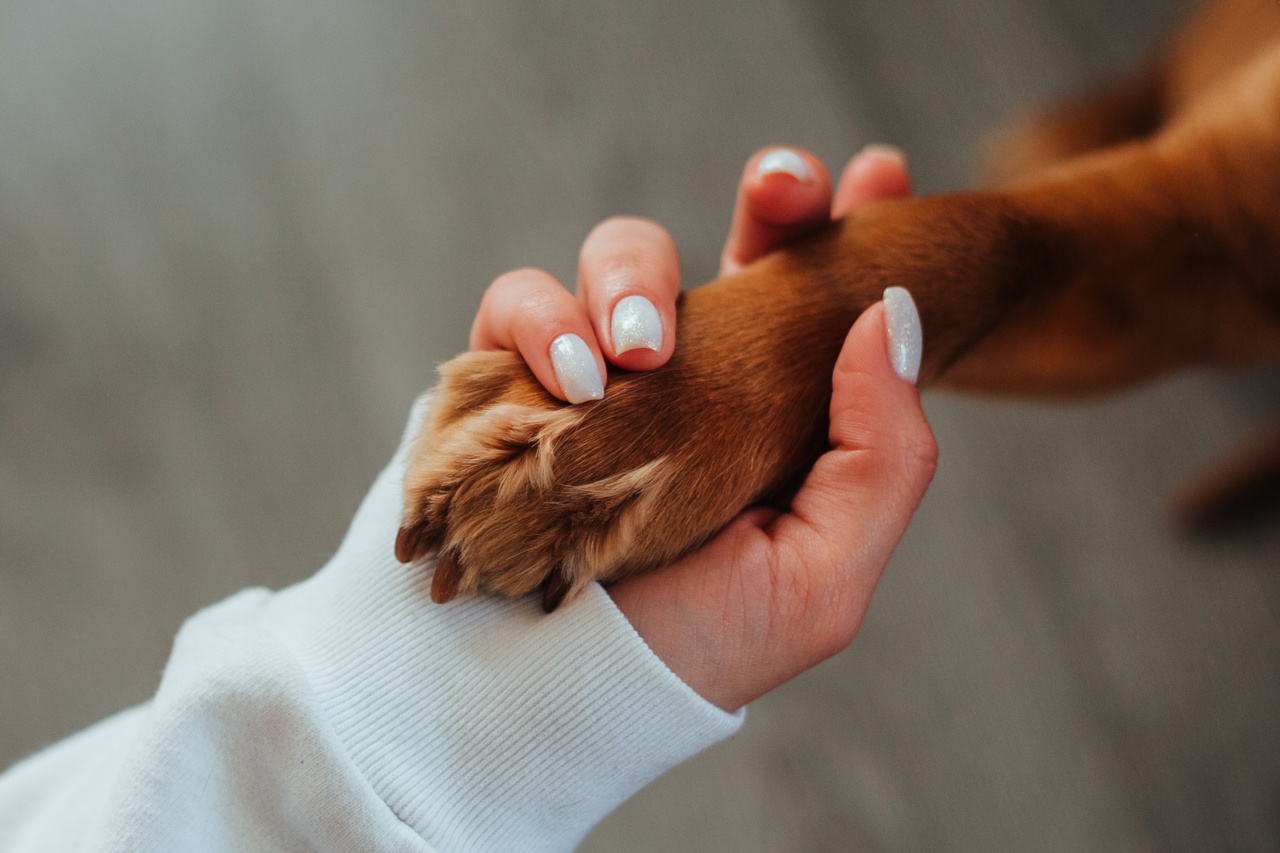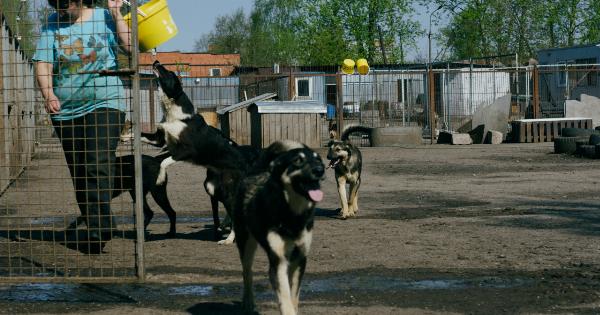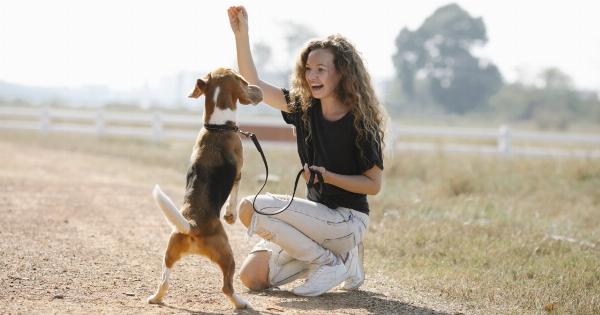Having a well-behaved and friendly dog is the dream of every dog owner. However, sometimes dogs can display aggressive behavior, which can be concerning and even dangerous.
Many people immediately assume that their dog is naturally aggressive, but this may not always be the case. In fact, the lack of proper training is often the main reason behind a dog’s aggressive behavior.
The importance of training
Training is a crucial aspect of owning a dog. It not only helps establish a bond between the owner and the dog but also teaches the dog how to behave appropriately in various situations.
Without proper training, dogs can become unruly, anxious, and may exhibit aggressive behaviors.
Dogs are social animals, but they are not born understanding human rules and expectations. It is our responsibility as pet owners to train them and provide them with consistent guidance.
Dogs thrive on structure and routine, and without these, they can become confused, anxious, and develop undesirable behaviors such as aggression.
Socialization and aggression
One common reason for aggression in dogs is a lack of socialization. Socialization involves exposing your dog to various people, animals, and environments from a young age.
When dogs are not properly socialized, they may perceive new situations or unfamiliar stimuli as threats, leading to fear-based aggression.
Socialization should begin when a dog is a puppy and continue throughout its life. By exposing your dog to different situations and carefully managing its interactions, you can help prevent aggressive behaviors from developing.
This includes introducing your dog to other dogs, people of different ages, sizes, and appearances, as well as different environments such as parks, markets, and busy streets.
Identifying signs of aggression
Recognizing the signs of aggression in your dog is essential for addressing the issue effectively. Some common signs of aggression include growling, snarling, showing teeth, lunging, biting, or snapping.
These behaviors should not be ignored or dismissed as part of your dog’s personality, but rather as warning signs that something is amiss.
It’s important to note that aggression can manifest differently in different dogs. Some dogs may display obvious signs of aggression, while others may exhibit more subtle behaviors.
Any sudden changes in behavior, including aggression, should be investigated and addressed promptly.
Seeking professional help
If you find that your dog is aggressive or displaying concerning behaviors, seeking professional help is crucial.
A professional dog trainer or behaviorist can assess your dog’s behavior, identify the underlying causes of aggression, and develop a personalized training plan to address the issue.
Professional trainers have the knowledge, experience, and understanding of dog behavior to determine whether the aggression stems from a lack of training, fear, anxiety, or other factors.
They can also guide you on how to modify your behavior as an owner to support your dog’s training and rehabilitation.
Training techniques for aggressive dogs
When it comes to training aggressive dogs, it’s important to employ positive reinforcement techniques. Using punishment-based methods can often exacerbate the aggressive behavior and may harm the bond between you and your dog.
Positive reinforcement involves rewarding your dog for good behavior rather than punishing them for bad behavior. This can be done through treats, praise, or play, reinforcing the desired behavior and encouraging your dog to repeat it.
Additionally, providing mental and physical stimulation through activities like puzzle toys and regular exercise can also help reduce aggression.
Consistency is key when training an aggressive dog. It’s important to establish clear boundaries, reinforce positive behaviors consistently, and avoid inadvertently rewarding undesirable behavior.
Patience, understanding, and repetition are essential as you work towards modifying your dog’s behavior.
The role of responsible dog ownership
Properly training your dog is just one aspect of responsible dog ownership. Ensuring your dog’s overall well-being includes providing a balanced diet, regular veterinary care, exercise, mental stimulation, and a safe environment.
Neglecting any of these areas can contribute to behavioral issues, including aggression.
Remember that dogs are individuals, and there are no one-size-fits-all solutions when it comes to training. Each dog is unique and may require a different approach.
Working closely with a professional trainer or behaviorist can help you tailor a training plan to address your dog’s specific needs.
The benefits of training
Properly training your dog not only helps address and prevent aggression but also has numerous other benefits. A well-trained dog is generally happier, more confident, and enjoys a higher quality of life.
Dogs that receive proper training are also more likely to be welcomed in public places, have better interactions with other dogs and individuals, and are less likely to engage in destructive behaviors.
Investing time and effort into training your dog is an investment in their well-being and the safety of those around them. It is both a responsible and rewarding choice that can strengthen the bond between you and your furry companion.




























